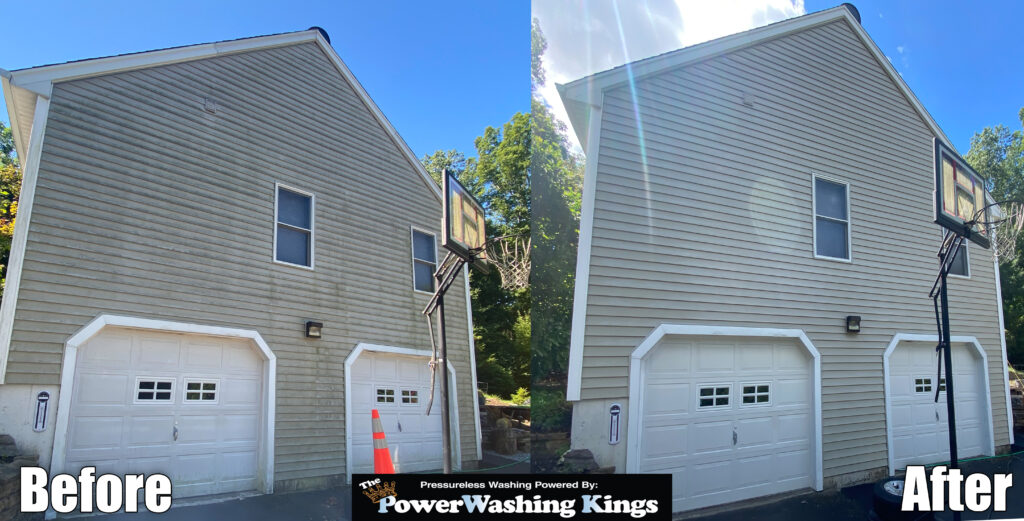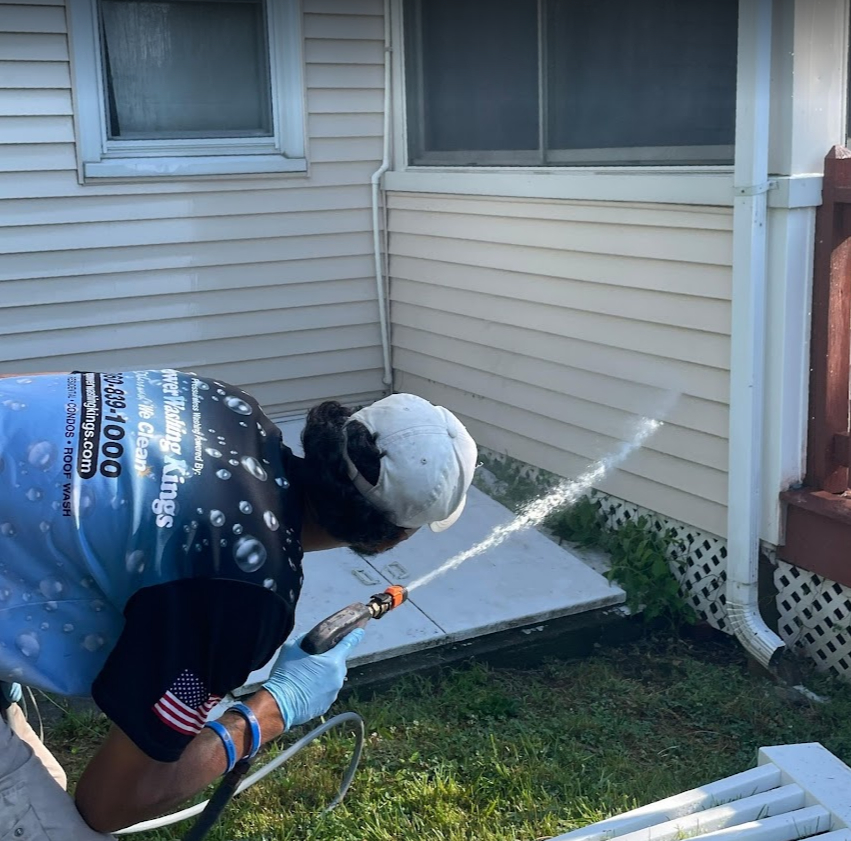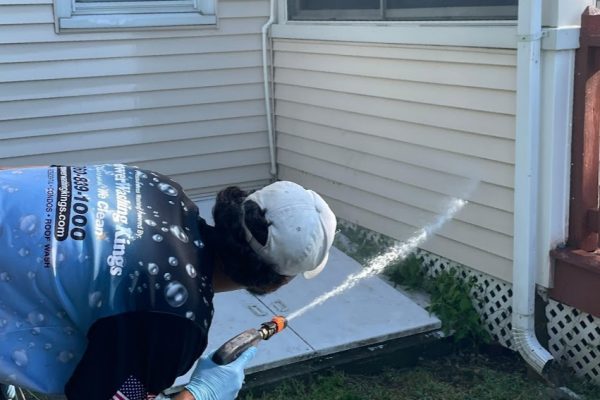Power Washing Siding the Right Way
When you need to freshen up your home’s exterior, a power washer is an easy and affordable way to get rid of dirt, grime and mildew. But before you start, you should learn about the proper technique for power washing siding. The best pressure washers for wood, stucco and aluminum siding are 1,200 to 1,500 psi models. For brick, stone or unpainted vinyl siding, you’ll need a model with a wider spray nozzle.
Safety
When power washing your siding, you have to be extra careful not to damage it. This could lead to costly repairs or even cause water to build up inside your home and get into the walls and attic.
This is especially true if you’re using a pressure washer on vinyl siding. This is a material that can be easily damaged and should only be cleaned by professionals, who understand how to clean it without damaging it.

Safety measures include knowing what nozzle and pressure level to use. It’s best to start on the lowest pressure setting, and work your way up.
It’s also important to consider your distance from the house and the angle of your nozzle. Starting too close can create splatter and water stains, while working too far out will leave you with dirty streaks.
Preparation
Pressure washing your home’s siding requires a little more work than just a quick rinse with the hose. The right technique and some safety precautions will help ensure that you clean your siding safely and effectively.
First, you’ll want to assemble all the necessary materials for the job. This includes a pressure washer, detergent and the appropriate nozzle for your siding material.
Before you start power washing, test a small area of your siding to make sure that it can handle the pressure. If it can’t, you might need to move on to a more suitable cleaning method.
Also, be careful not to spray directly at eaves, vents or light fixtures; these can break under the high water pressure. Instead, point the wand down onto the surface you’re spraying and avoid spraying up under horizontal siding panels. This will help prevent the siding from buckling under pressure.
Equipment
If you want to keep your house looking good and protect its interior from rot, mildew, mold, and other harmful substances, it’s essential that you regularly power wash your siding. This can help increase your home’s resale value and keep it healthy.
The equipment you need to power wash your siding includes a pressure washer, detergent, and a hose. It’s important to use a machine that is rated for the amount of water pressure needed for your specific type of building material.
You’ll also need a spray nozzle that won’t damage your siding or paint. Avoid spraying vents, eaves, and light fixtures because the high pressure could break them.

For most types of siding, a nozzle with a forty-five-degree angle will produce less pressure and prevent damage. However, if you’re rinsing vinyl or soft-grain wood, use a twenty-five-degree nozzle to lower the risk of gouging or nicking. Stand several feet back while you’re spraying to reduce the amount of pressure.
Cleaning
Siding needs to be washed periodically in order to maintain its appearance and resale value. Power washing siding is one of the easiest ways to clean it, but homeowners should be sure they understand the process and avoid making mistakes that could harm their home.
For example, using too much pressure can damage the siding’s finish. It’s also important to use a cleaning solution that is specifically designed for pressure washers.
It’s also a good idea to inspect the siding material before you begin cleaning it with a pressure washer, as some types of siding may need to be repaired first. This will ensure that water doesn’t seep through cracks or holes and cause serious damage to your home’s structure and mold growth.
Once you have completed the cleaning process, it’s time to rinse the siding with fresh water from a garden hose. Do this by slowly lowering the pressure washer’s nozzle, starting at a fair distance from the siding and gradually working your way closer to the surface.
https://www.google.com/maps?cid=15281146218207190632


